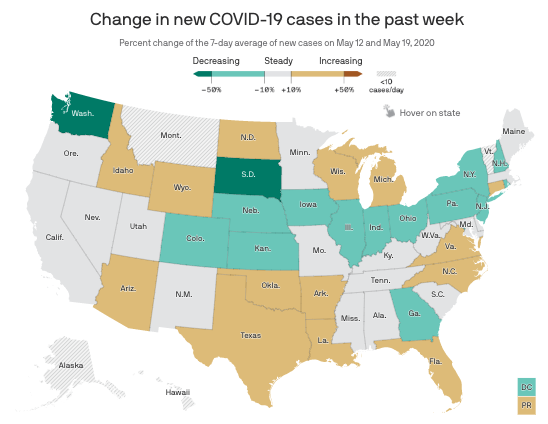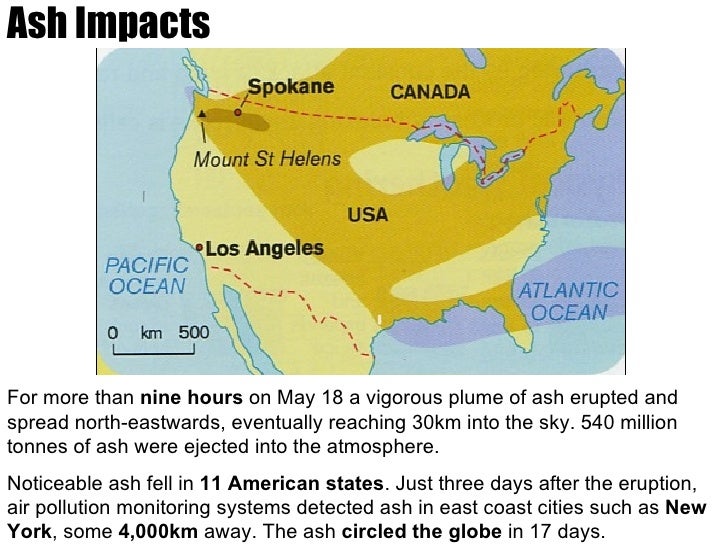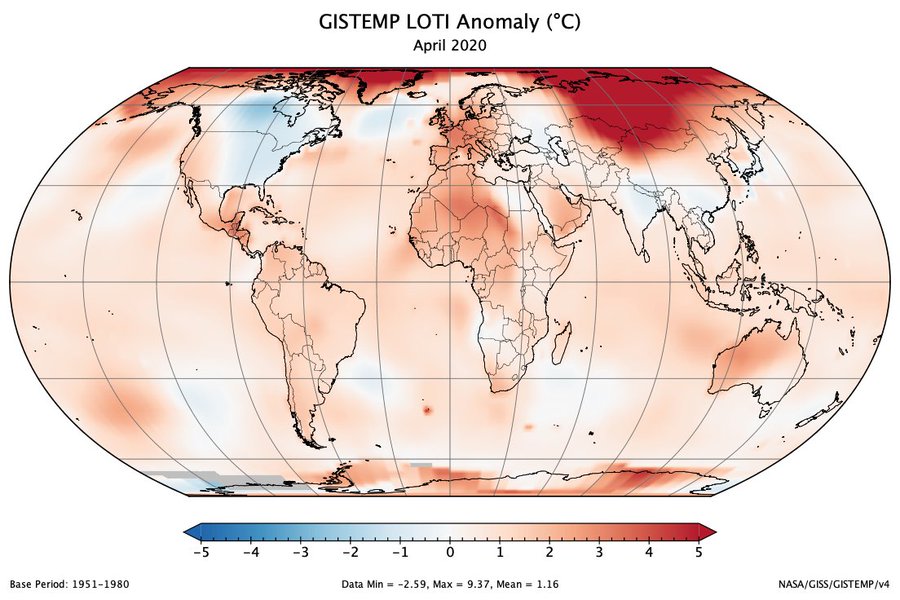Their analysis of global climate data showed the planet is heating up unevenly. Globally, average temperatures are a little more than 1 degree Celsius (1.8 degrees Fahrenheit) warmer than in the preindustrial era. But roughly one-tenth of the world’s surface area has already experienced 2 degrees Celsius of warming — an amount that U.N. scientists say will trigger dangerous climate impacts. In the United States, more than 70 counties have passed that threshold.and not just here, but in prior articles too. Of course this is ridiculous not only in degree, but in kind. A warming of 2.06°C (say) isn't any more dangerous than 2.00°C, not really, given the uncertainties involved, which they don't seem to want to acknowledge. Uncertainties don't make the evening news.
But beyond that, "2.0°C" isn't any kind of magic line. It was chosen -- and I once asked several IPCC-ish scientists about this for something I was writing, many years ago -- out of convenience. 1°C seemed too small, and 3°C seemed too big. So 2°C it was. It was that simple, and, really, that simple.
But that hardly means 2°C anywhere is as dangerous as 2°C globally. WaPo is continually confused about this, too, from what I can tell over the years.
We can get a good approximation for land warming, WL, by noting a few simple, approximate relationships:
AGWG = AOWO + ALWL
where A=area, W=warming, and G=global, O=ocean, L=land. (Am I good here?) For Mama Earth:
AO = 361.1 Mkm2
AL = 148.9 Mkm2
AG = 510.1 Mkm2
From NOAA:
WG = 1.05°C
WL = 1.62°C
WO = 0.85°C
WO = 0.85°C
which look more accurate than they really are, once you include uncertainties. So if WG = 2°C, WL = something like 3.1°C. And this is a global average; there's a lot of deviation by latitude.
So just because some place on land exceeds 2°C of warming -- or 3.1°C -- doesn't mean it's suddenly dangerous-look-out-dive-for-the-shadows red flashing sirens. Please.































